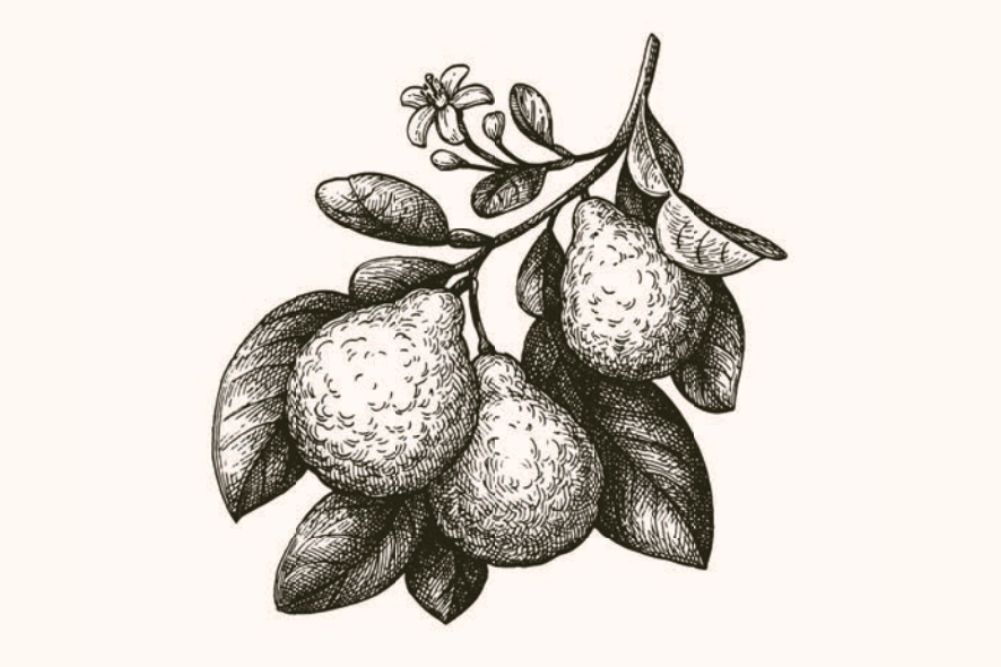4 delicious dessert recipes that are good for you
Treats are definitely something I only indulge in occasionally, but there’s no way I’ll ever reach for anything refined. Instead, I opt for nourishing ingredients with just a little bit of natural sweetener.
That’s because it’s important to remember a treat is called that for a reason: sugar is still sugar, regardless of the source. When I was younger, I used to love freshly squeezed fruit juice until I realised it was doing me more harm than good.
You see, fruit juice is very high in fructose and any excess sugar, whether from natural sweeteners or the nasty refined stuff, causes you to gain weight, accelerates the ageing process and has a cumulative effect, meaning it builds up in your system over time and causes numerous mental and physical diseases, such as type 2 diabetes.
It’s also highly addictive. Sugar triggers the release of chemicals that set off the brain’s pleasure centre, in this case opioids and dopamine. In a similar manner to the way the brain responds to highly addictive drugs, such as heroin and cocaine, people develop a tolerance for sugar.
A high sugar intake can also lead to metabolic disorders. New research is emerging that suggests Alzheimer’s disease (becoming known globally as type 3 diabetes because of its connection to sugar intake) is a metabolic disease caused when the brain’s ability to use glucose and produce energy is damaged.
By simply replacing white flour with coconut or nut flower, butter with coconut oil and refined sugar with stevia, honey, yacon or maple syrup, we can still bake cookies or a cake for a birthday celebration and know that what is on offer is delicious but, more importantly, so much easier on your system.
All this makes for even more food for thought when it comes to the amount (and kind) of sweet stuff we choose to consume, because it’s not just about ditching the fizzy drinks and the obvious sugars. I also encourage you to really read your labels because there’s so much hidden sugar in packaged foods.
Needless to say, my family avoids everything from muesli bars, biscuits, sauces, cakes and anything processed and packaged in favour of making our own sauces, dressings and, occasionally, treats using sweeteners such as green powdered stevia and raw honey.
You see, my goal as a paleo chef is to reinterpret family favourites by removing ingredients that have a negative impact on our health. By simply replacing white flour with coconut or nut flower, butter with coconut oil and refined sugar with stevia, honey, yacon or maple syrup, we can still bake cookies or a cake for a birthday celebration and know that what is on offer is delicious but, more importantly, so much easier on your system.
It’s why I like to use unheated, unfiltered honey straight from the hives on the farm because raw honey retains natural enzymes, antioxidants, minerals and some vitamins. One type of raw honey, known as Manuka, is particularly amazing. My wife Nic comes from New Zealand, where flowers from the native Manuka tree are used to make honey that has exceptional antibacterial properties.
In 1962, the antiseptic properties of honey were attributed to its hydrogen peroxide component, but research in New Zealand by Professor Peter Molan, from the University of Waikato, named the unidentified component that makes Manuka honey special — the Unique Manuka Factor (UMF) — in 1998. This is the only worldwide standard in identifying and measuring the antibacterial strength or quality of some strains of Manuka. It’s a guarantee that the honey being sold has the special UMF antibacterial property.
Another way I love to naturally sweeten treats is to use organic fruit and vegetables.
This is really important in the new age of “super bugs” because, unlike with antibiotics, studies support evidence that microbes do not become resistant to UMF.
Normally, bacteria have the ability to mutate and become resistant to elements that are attempting to destroy them. However, Manuka honey destroys bacteria in a different manner, by drawing water out of the bacteria, making it impossible for the microbes to survive. To date, there has been no reported bacterium that has been able to develop a resistance to Manuka honey.
Along with its superior antibacterial properties, Manuka honey has been found to have a number of health benefits, from improving overall immune system function by killing harmful bacteria in the gastrointestinal tract to protecting against colds and flus by killing bacteria in the throat to fighting mouth infections, soothing burns, acne and eczema and as a good natural remedy for heartburn and acid reflux. Manuka honey has so many health benefits and that’s why it’s my favourite natural sweetener (although I won’t ever eat more than a teaspoon a day because I don’t want my blood sugar levels to spike).
The next time you’re baking for a school fundraiser or creating something with the kids in the kitchen on a Saturday afternoon, I encourage you to choose nourishing ingredients and a natural sweetener that fully supports the health of your family.
Natural favourites
One of my favourite family afternoon baking recipes is featured in my book Fast Food for Busy Families. It’s a coconut macaroon recipe that uses coconut oil as its base ingredient. Coconut oil is great because it’s high in lauric acid and also has excellent antibacterial properties.
Another way I love to naturally sweeten treats is to use organic fruit and vegetables. When it’s a very special occasion, I’ll make delectable mud cakes using beetroot as a base. This delicious recipe was created because of my dear friend nutritionist Dr Libby Weaver. Dr Libby speaks the same language I do: food can be medicine or poison. In this recipe, I love the richness of the beetroot because it injects a whole new level of texture and flavour into the dish but it also works to support better health. You see, beetroots have excellent antioxidant and anti-inflammatory properties and can really help to detoxify your system.
When it comes to a chilly night, I can’t go past apple crumble. If you are going to indulge in this type of dessert, then a paleo version makes a better choice. What is so brilliant about this dish is how my paleo makeover has made the traditional crumble even more tasty and delicious. Use whatever organic or chemical-free fruit you can get your hands on and go for gold.
It’s really important to understand that eating for good health and being paleo doesn’t mean going without — quite the opposite, in fact. It’s about educating yourself so you can make wiser choices through the foods we consume to help us live happy, healthier lives. By replacing refined white flour, dairy and sugar with paleo alternatives, we can lessen the impact treats have on our systems but still enjoy the good things in life. Just remember that a paleo treat or cake is a once-in-a-while option only (if at all). Now that sounds pretty sweet to me!
Cook with love and laughter,
Pete
Chocolate Brownies
Makes: 16–20 pieces

=R4=
Coconut Macaroons
Makes: 16

=R1=
Chocolate Beetroot Mud Cake with Chocolate Shavings
Makes: 8

=R2=
Chocolate Shavings
=R3=
Apple & Berry Crumble
Serves: 6

=R5=







